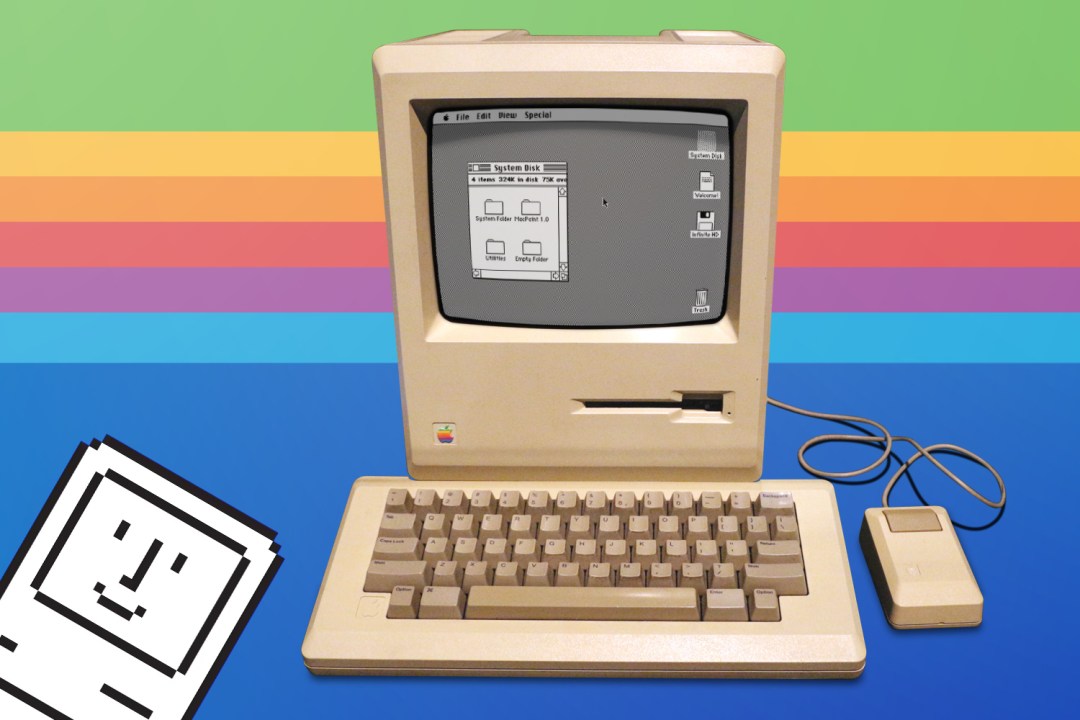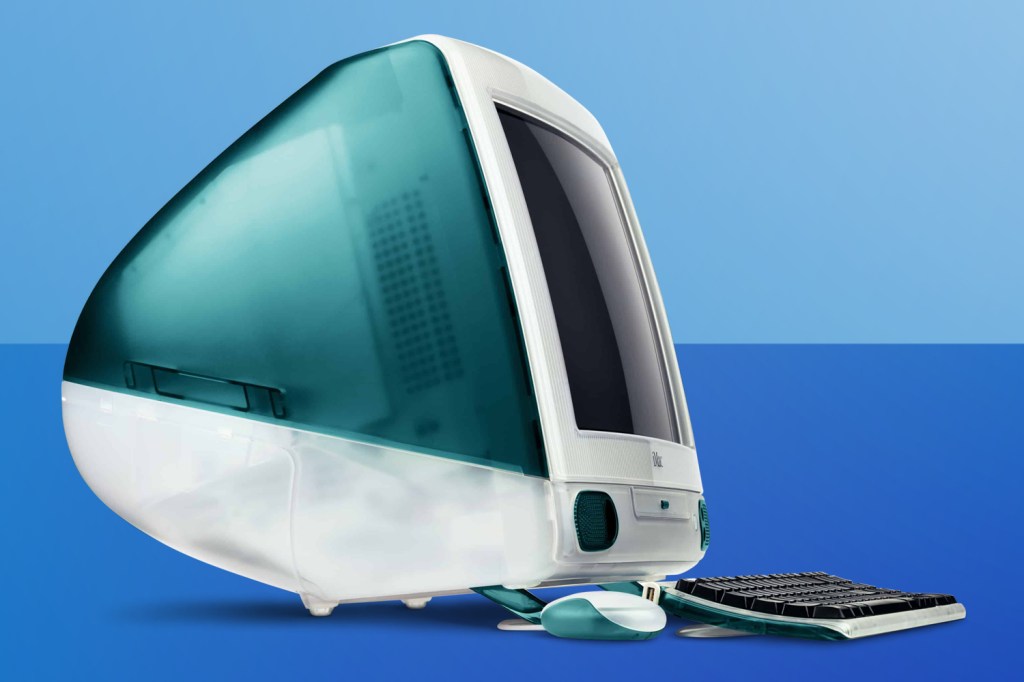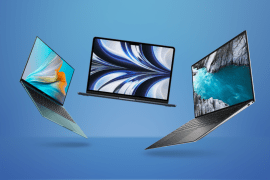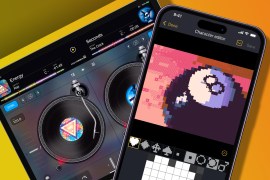The Apple Mac at 40 – and 6 of the best desktop Macs
The original Apple Mac defined the future of computing – and Apple itself

“On January 24th, Apple Computer will introduce Macintosh. And you’ll see why 1984 won’t be like 1984.” So said the famous Super Bowl XVIII ad, introducing the first Apple Mac – the computer that changed everything.
And that was the first brick of Apple’s walled garden! A beige brick! With a tiny screen!
But it was revolutionary: the first successful all-in-one computer with a built-in display, controlled with a mouse, and with a graphical user interface rather than a command line. As Apple saw it, the company was defying conformity. Nowhere was this more evident than in that launch commercial, directed by Ridley Scott, which featured an athlete sprinting past drone-like workers before hurling a sledgehammer into a TV screen depicting Orwell’s Big Brother.
Ironic, given Apple’s famous penchant for control and locking things down…
Indeed. And the original Mac really was locked down. It had no internal storage, just 128k of RAM, a single disk drive that resulted in constant swapping, no official upgradability, a single-button mouse and no function or arrow keys — lest developers avoid the GUl and port existing PC apps to the platform as-is. Presumably, the idea was you’d be wowed at a new computing model and accept the compromises. In reality, the first Mac was underpowered and dismissed as a toy, and suffered from poor software support.
Sounds awful. So how come Apple didn’t die and is now a rampaging monster?
Because Apple was smart: it quickly released far more capable (and somewhat upgradable) models. Also, that original Mac really did offer something new, attracting people previously Intimidated by computers. It appealed to the masses – even if the price meant the masses couldn’t afford one. And while it wasn’t the first GUI-controlled computer, it was the first that mattered… and made the competition look like relics. The Macintosh was flawed and secured only a fraction of the market, but it defined an industry.
Six of the best ever Mac desktops

Macintosh Plus (1986): Third time lucky for the Mac line. The Plus upped the RAM to 1MB, supported double-sided floppies, and had SCSI, so you could connect it to all manner of gadgets.
iMac G3 (1998): A spiritual successor to the original Apple Mac, this all-in-one wowed with its combination of retro-futuristic design smarts and usability. Pity about the hockey puck mouse, mind.
Mac Mini (2005): This attempt to make Macs more affordable outpaced comparable PCs of its day and had loads of ports for plugging in existing kit. Just as well – it didn’t even ship with a bundled keyboard.
Mac Pro (2006): The PowerMac G5’s enclosure felt like the future, but its innards pointed to the past. This Intel-driven refresh changed all that, and showed Apple was listening to pros again.
iMac 24in (2021): The logical conclusion to two decades of refinement, this whisper-quiet iMac slotted into any home or office, and even removed the logo from the chin. Great confidence from Apple, but then who else designs computers like this?
Mac Studio (2022): Grappling with what a pro-grade Mac means in the 2020s, Apple extruded a Mac mini, filled it with powerful innards, and added plenty of ports. The verdict? Who needs a Mac Pro now?



